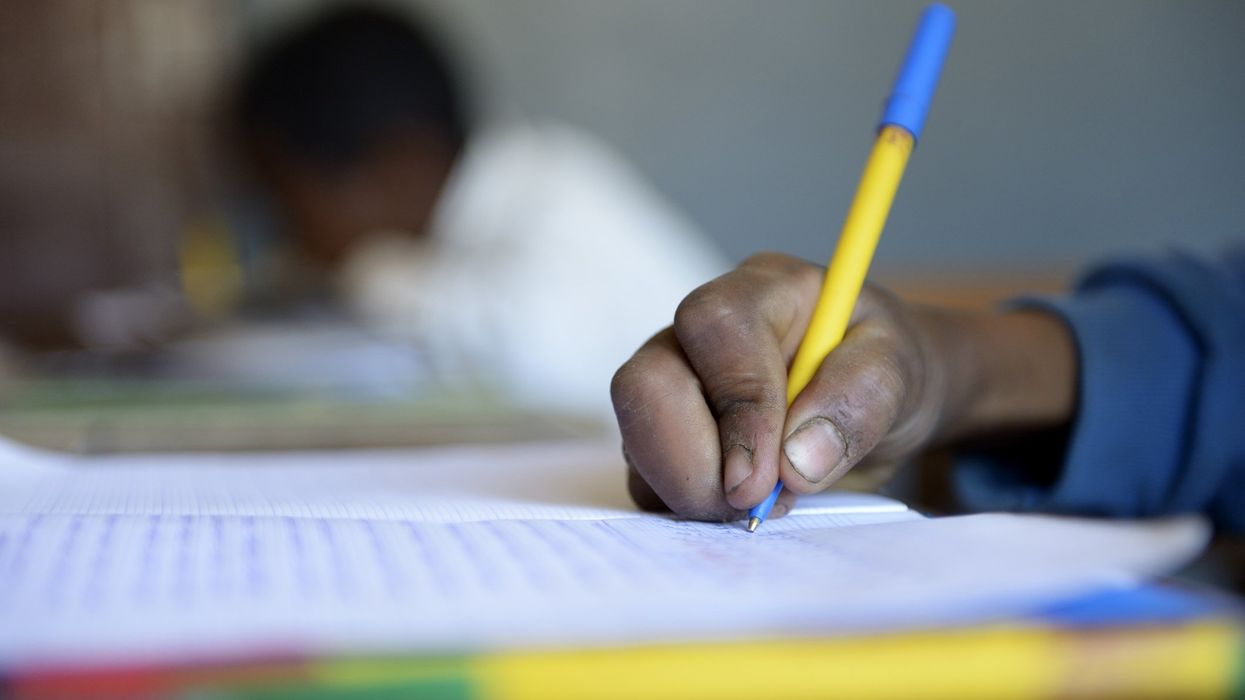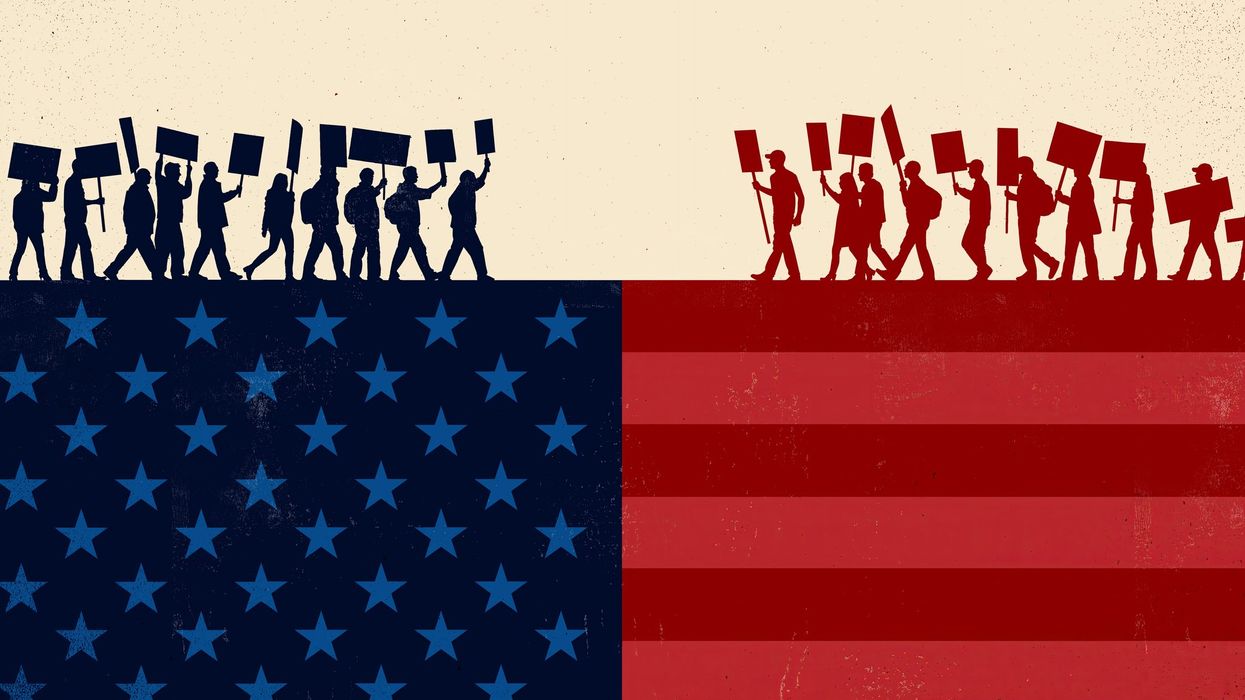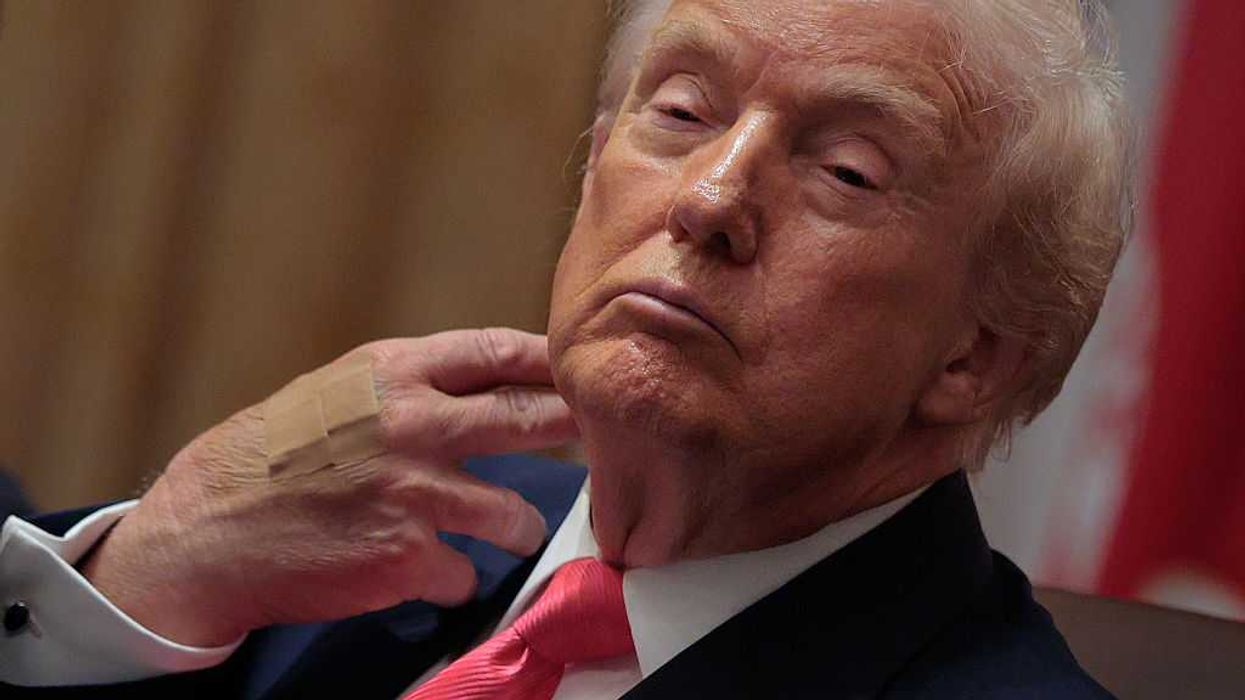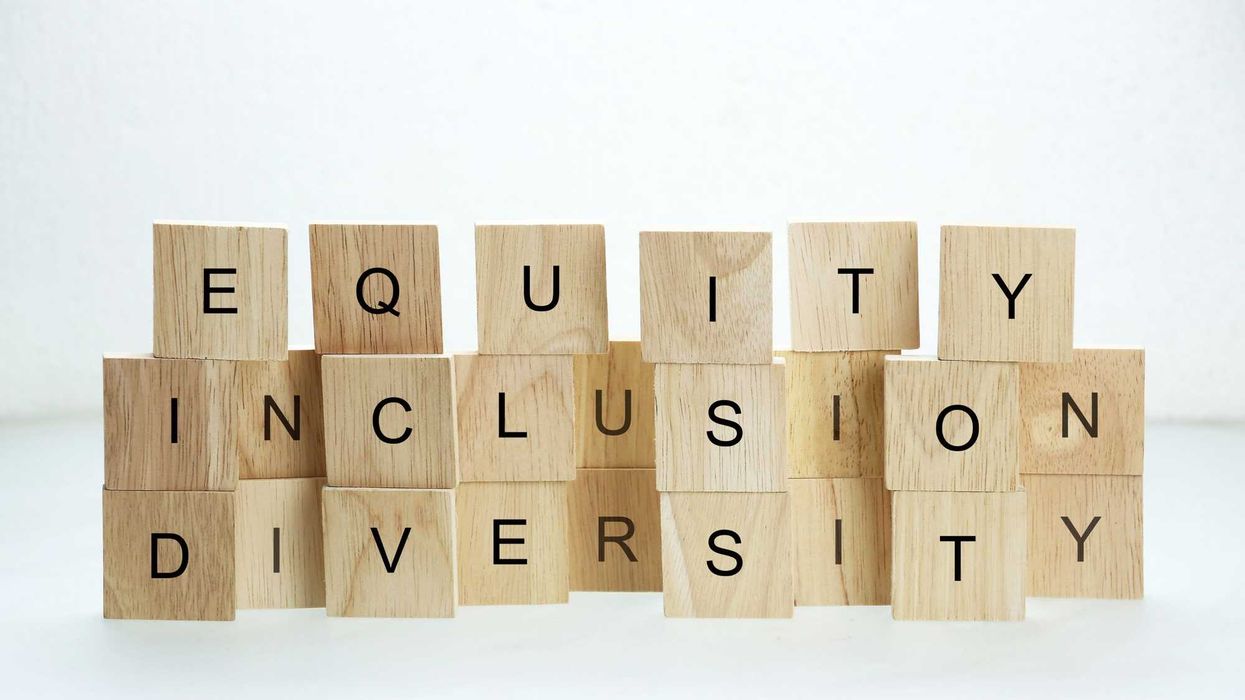Growing up in New Castle, Pennsylvania, where every public school received extra federal support due to the city’s high poverty levels, I saw the importance of governmental assistance.
New Castle Area School District, one of the poorest in Pennsylvania, relied on Title I to fund essential services like tutoring, after-school programs, smaller class sizes, and specialized instruction. It was also vital in making sure that everyone had a chance to succeed in this country, despite economic disadvantages. The goal was for no child to be left behind.
Title I of the Elementary and Secondary Education Act of 1965 (ESSA), along with other programs like the Individuals with Disabilities Act, and Title IX of the Education Amendments of 1972 that prohibits gender discrimination, have been crucial in the push for educational equality.
In the 2021–2022 school year, around 63% of traditional public schools and 62% of public charter schools were eligible for Title I funding. During the fiscal year 2023, allocation for Title I and other selected programs under the ESSA totaled approximately $ 33 billion, making federal support indispensable for ensuring that all students have access to the resources and opportunities they deserve, regardless of background.
The recent White House declaration to shut down the U.S. Department of Education, coupled with the executive order banning diversity initiatives, threatens to undo the progress so many Americans have fought to achieve in advancing educational equity.
Of course, the DOE is far from perfect, but it’s still a critical force in ensuring that all students receive a quality education. Dismantling the DOE would be a step toward resegregation, a return to a time when “separate but equal” was the norm and educational opportunities were dictated by race and economic status.
The doctrine of “separate but equal” was established by the U.S. Supreme Court in 1896 through the Plessy v. Ferguson case, which upheld racial segregation in public facilities, including schools. Under this policy, Black students often attended overcrowded schools with outdated materials, underpaid teachers, and limited resources, while white students had access to well-funded, modern schools.
Although the Brown v. Board of Education ruling in 1954 declared that “separate educational facilities are inherently unequal,” the effects of racial injustice still linger.
The U.S. Government Accountability Office reported that during the 2020-21 school year, over one-third of students were enrolled in schools where at least 75% of the student body belonged to a single race or ethnicity. Additionally, they noted that newly formed school districts, which seceded from existing ones, typically had higher percentages of white and Asian students than districts they left. Even with legal advancements, separate but equal remains.
As a Black woman educator of teachers in a state university system, I have heard preservice teachers share their concerns about the disparities in funding, facilities, and opportunities in schools that serve predominantly Black and brown students.
During my time as a high school English teacher, I witnessed firsthand how schools were labeled “good” or “bad” based on the percentage of middle-class and affluent white students who attended. As a parent of Black children, I’ve had to make decisions about schools based on the racial and socioeconomic makeup of student bodies because I know that schools serving children who look like mine are often underresourced.
A future without DOE could risk deepening the divide and perpetuate systemic inequities that have long plagued the educational system. It risks regressing to that era of inequality, where educational opportunities depend even more on where you live, what you have (or don’t), and what you look like.
That is because the DOE provides federal funding to schools that need it most—those in low-income and predominantly minority communities. Programs like Title I have been instrumental in ensuring that students in these schools have the resources they need to succeed.
For example, Title I requires states to develop annual performance targets. When schools fail to meet those targets, they receive additional support to foster improvement. It mandates that core academic subjects be taught by state-certified teachers who have demonstrated competency in their field.
It also stipulates that states and districts with higher numbers of marginalized and economically disadvantaged students are not disproportionately taught by teachers who are unqualified, teaching out-of-field, or inexperienced.
Without the DOE, state budgets would fall short in providing adequate funding for schools. School funding largely relies on state tax revenue, which means districts serving poorer students have significantly less money to invest in education.
To be sure, Title I provides funding to offset some of the wealth disparities, but the reality is that, even with additional resources, it’s often not enough to make up for local-level funding gaps. The Economic Policy Institute notes that, “while federal funding, by far the smallest source of revenue, is being deployed as intended (to reduce inequities), it inevitably falls short of compensating for a system grounded in highly inequitable local revenues as its principal source of funding.”
Without the DOE’s intervention, the gap between wealthy and disadvantaged communities would widen, leaving the latter with fewer resources.
The problem isn’t just about “separate,” it’s about unequal—and the DOE ensures that every student, regardless of their background, has access to the same opportunities. Without it, those opportunities would be left up to the whims of individual states and districts, and many of those areas would be free to perpetuate the kinds of inequality that led to the separate but equal system in the first place.
As someone from a town that’s struggled to meet their educational goals, I know that many of the nation’s poorest districts will be hit hardest by the disbanding of this essential institution.
Undoing the DOE would be a huge injustice for students, teachers, and the country as a whole. This country can’t afford to move back 60 years to a history of racial integration resistance and erase all the progress toward justice and fairness in education.
American education must move forward, not backward.
Stephanie R. Toliver is an assistant professor of curriculum and instruction at the University of Illinois, Urbana-Champaign and a Public Voices Fellow with The OpEd Project.


















